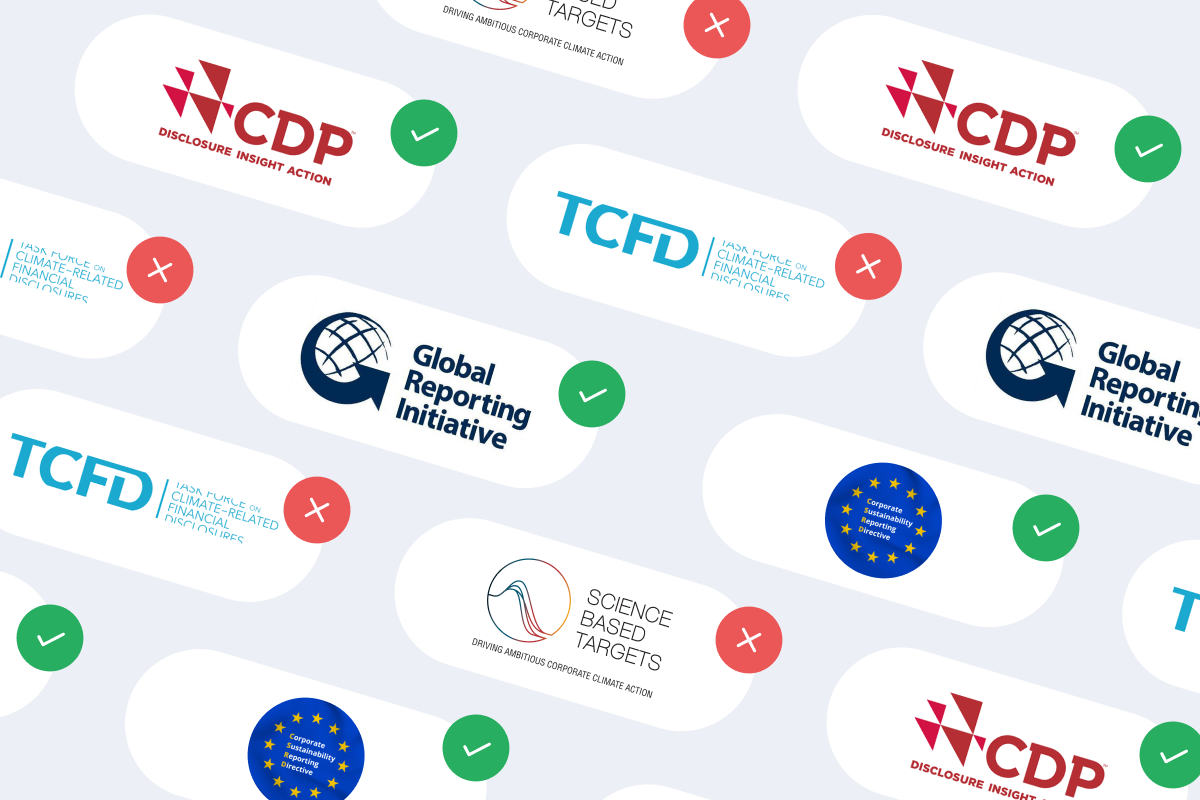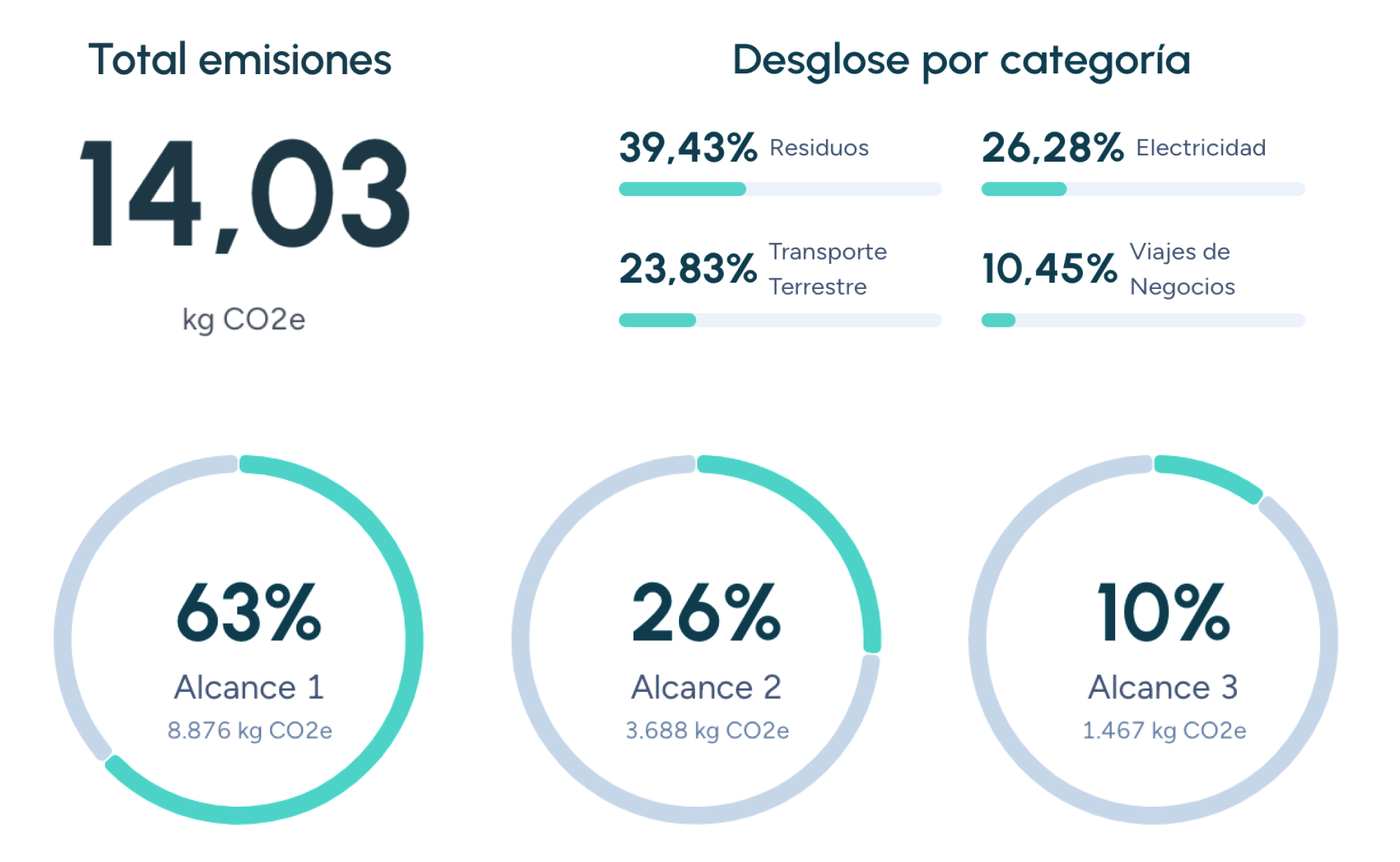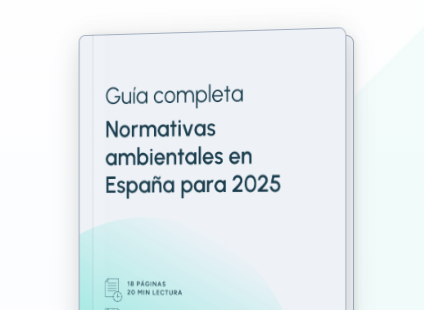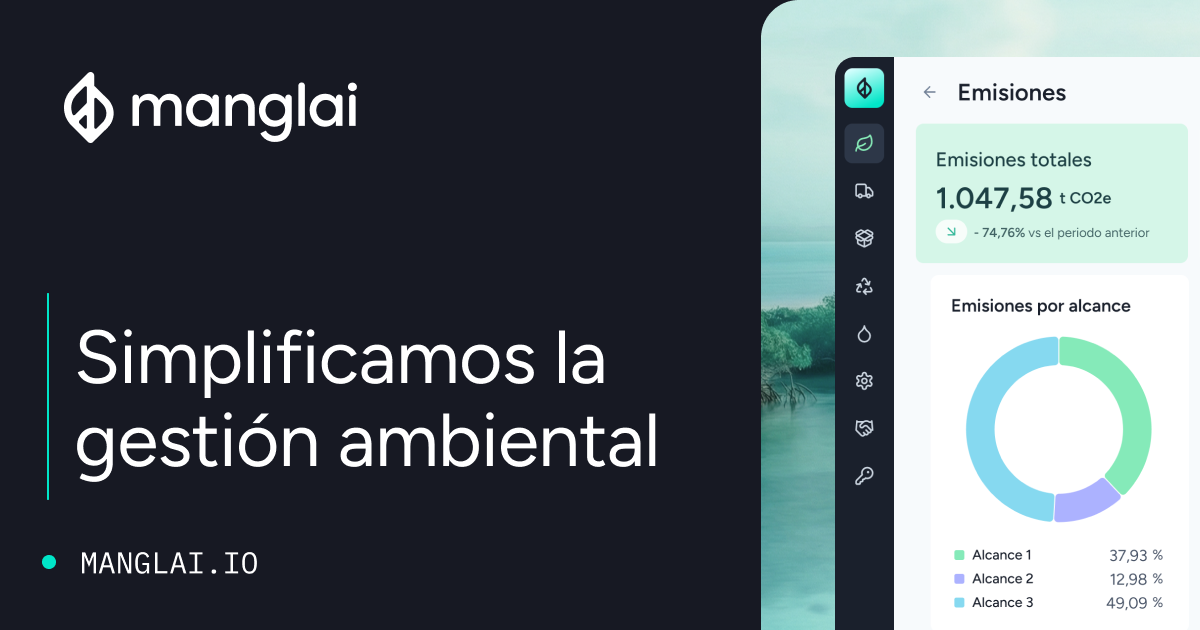W
Water Stress
Water stress refers to a condition in which water demand exceeds available resources during a given period or when poor water quality limits usability. It is a key indicator for assessing the sustainability of water supply systems and the security of both ecosystems and human communities.
Common Calculation
Water Stress = Total Water Withdrawals / Average Annual Renewable Water Availability
Values above 0.4 (40%) are generally considered high, while the FAO classifies levels above 0.75 as extreme water stress.
Determining Factors
- Population and urban growth increasing domestic and municipal demand.
- Intensive agriculture, responsible for about 70% of global withdrawals.
- Industrial and energy use, particularly thermoelectric plants and mining.
- Climate change, leading to severe droughts and rainfall variability.
Consequences
- Blue water scarcity: depletion of rivers and overexploitation of aquifers.
- Socioeconomic conflicts: competition among sectors and transboundary tensions.
- Environmental degradation: salinization, wetland loss, and biodiversity decline.
Assessment Tools
- Aqueduct Water Risk Atlas (WRI): global mapping of baseline and future risks.
- Baseline Water Stress (BWS): measures withdrawals relative to renewable supply.
- Water Poverty Index (WPI): integrates availability, access, and ecosystem capacity.
Mitigation Strategies
- Integrated water basin management and maintenance of ecological flow regimes.
- Water-use efficiency and precision irrigation in agriculture.
- Wastewater reuse and renewable-powered desalination for alternative supply.
- Pricing and regulation policies to curb excessive demand and promote conservation.
Relation to Other Concepts
- Blue water scarcity: quantifies the share of blue water use versus available resources.
- Weighted water stress: adjusts for variations in water quality and climatic conditions.
Measuring and managing water stress is essential to ensure basin resilience and security in food, energy, and health systems. It provides a foundation for sustainable water governance in the face of increasing global demand and climate uncertainty.
Companies that trust us

Agricultural Water Footprint
The agricultural water footprint is the total volume of freshwater (green, blue, and grey) consumed and polluted in the production of crops and livestock products.
Blue Water Footprint
The blue water footprint represents the volume of surface and groundwater withdrawn from rivers, lakes, reservoirs, and aquifers to produce goods and services.
Blue Water Scarcity
Blue water scarcity is an indicator that compares the consumption of surface and groundwater resources (blue water footprint) with the availability of renewable freshwater within a river basin over a specific period.
Guiding businesses towards net-zero emissions through AI-driven solutions.
© 2025 Manglai. All rights reserved
Política de Privacidad


